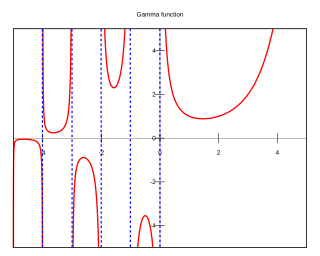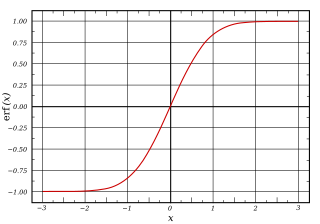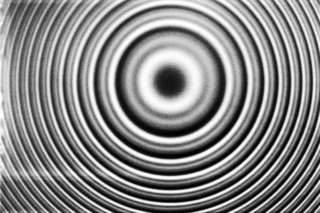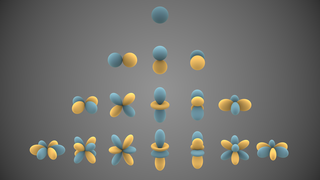Introduction
The Lanczos approximation consists of the formula
for the gamma function, with
Here g is a real constant that may be chosen arbitrarily subject to the restriction that Re(z+g+1/2) > 0. [1] The coefficients p, which depend on g, are slightly more difficult to calculate (see below). Although the formula as stated here is only valid for arguments in the right complex half-plane, it can be extended to the entire complex plane by the reflection formula,
The series A is convergent, and may be truncated to obtain an approximation with the desired precision. By choosing an appropriate g (typically a small integer), only some 5–10 terms of the series are needed to compute the gamma function with typical single or double floating-point precision. If a fixed g is chosen, the coefficients can be calculated in advance and, thanks to partial fraction decomposition, the sum is recast into the following form:
Thus computing the gamma function becomes a matter of evaluating only a small number of elementary functions and multiplying by stored constants. The Lanczos approximation was popularized by Numerical Recipes , according to which computing the gamma function becomes "not much more difficult than other built-in functions that we take for granted, such as sin x or ex." The method is also implemented in the GNU Scientific Library, Boost, CPython and musl.




















